Workhouse.
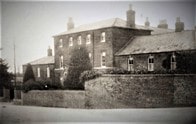
Workhouses, as we know them, came into being in the 1830s following the Poor Law Amendment Act.
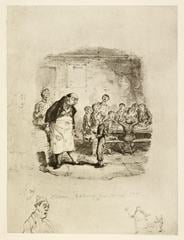
The Westbury and Whorwellsdown Poor Law Union was just one of a network of almost 20 across Wiltshire. The towns and villages covered by each union was based closely on the medieval hundreds – hence the name Whorwellsdown.
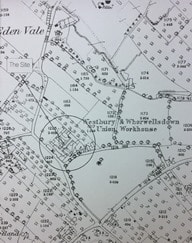
alterations and enlargements in the 1830s transformed it into a three-storey H shaped building with a supervisory hub at its centre. There were courts, cellars and vaults, outhouses, piggeries and dairies plus lots of surrounding land.
A board of elected Guardians was responsible for overseeing the workhouse which was funded by local householders via a tax based on a valuation of their property. Day to day running was by the workhouse master, assisted by the matron – usually his wife. There was also a porter, a schoolmaster and schoolmistress, a nurse and a doctor and chaplain on call.
On admission to the workhouse, inmates would have their own clothes taken away, washed, disinfected and put into store along with any other possessions they had and only returned to them when they left the workhouse. They had to undergo a medical examination, take a bath, and be issued with a workhouse uniform.
Families were split up and housed in different parts of the workhouse – husbands and wives were separated, and children over seven were parted from their parents and able to see their parent only on Sundays.
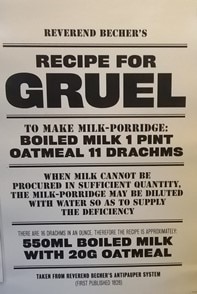
The Westbury workhouse could house 300, and its occupancy rate varied considerably over the years, reflecting the economy of the community it served. In 1850 for example, it was filled to capacity following the closure of the local mills, but by 1891 there were just 61 and those who remained were increasingly the old, the sick, the handicapped, children and unmarried mothers. By 1901, the average age of inmates at the Westbury workhouse was 73 years.
The workhouse regime eventually gave way to increased provision of out-relief where people could be supported in their own community. Changes to welfare, such as the introduction of the old age pension, hastened the decline of the workhouse system and in 1930 the Local Government Act took effect which abolished boards of guardians and transferred responsibilities to local councils.
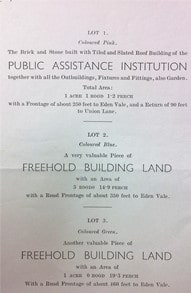
Some workhouse buildings still exist today in Wiltshire – albeit in a different form. Once changes to welfare came about and the workhouses became extinct many found a new lease of life as hospitals, homes or public buildings. Some you may recognise. At Semington for instance the workhouse was eventually turned into a hospital and then into apartments and homes. In Warminster the building became Sambourne hospital and then housing. At Bradford on Avon the workhouse was situated at nearby Avoncliffe – you can still spot this extraordinary building from the train window – the workhouse was transformed into homes.
For more detailed information on Westbury’s workhouse, buy Sally Hendry’s book The Westbury Workhouse and find out the true story of life behind the doors of Westbury’s feared institution. Available through our shop

